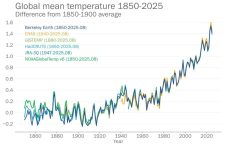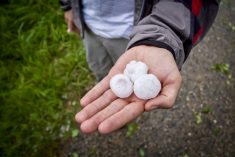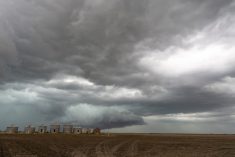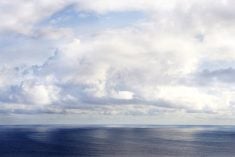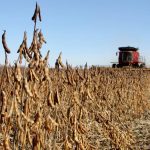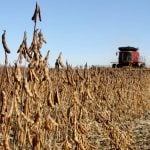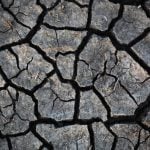There is a 66 per cent chance of the La Niña weather pattern, characterized by cold temperatures in the Pacific Ocean, emerging during September-November, a U.S. government forecaster said on Thursday.
The neutral phase between La Niña and El Niño weather patterns is expected to continue for several months, with a 74 per cent chance of La Niña during November-January, the National Weather Service’s Climate Prediction Center (CPC) said in its monthly forecast.
Read Also
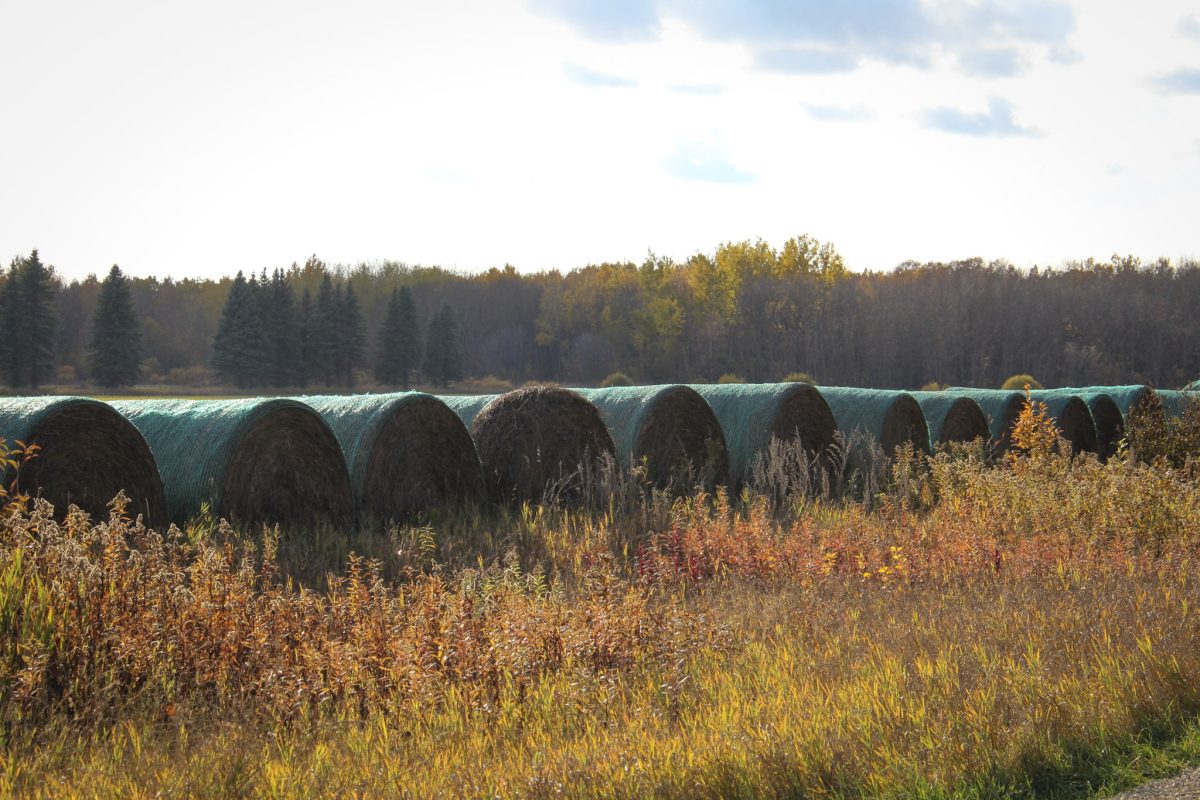
Prairie forecast: No real signs of winter yet
Forecast issued November 12, covering Nov. 12 to 19, 2025 Highlights Developing conditions suggest above-average temperatures, limited precipitation and light…
La Niña, a climatic phenomenon characterized by cooler-than-average ocean temperatures in the central and eastern equatorial Pacific, is associated with both floods and droughts affecting global agriculture, and higher Caribbean hurricane activity.
“A return of La Niña could provide some respite for those commodity producers who have been hit hardest by El Niño,” David Oxley, head of climate economics at Capital Economics said.
“Changes to the weather typically associated with La Niña in South America could affect the production of key agricultural commodities such as soybeans, corn, coffee and sugar for which the region is a key source of global supply,” he added.
The cycle between El Niño, La Niña, and a neutral phase typically lasts two to seven years.
El Niño is a natural warming of eastern and central Pacific Ocean surface temperatures, while La Niña is characterized by colder temperatures in the equatorial Pacific region.
Experts have said Latin America and the Caribbean should brace for the arrival of La Niña.
India is set to receive monsoon rainfall that is above the average as a La Niña weather pattern forms in August and September, promising to boost farm output and growth in Asia’s third-biggest economy.
“If a strong La Niña system eventuates, we expect it would raise supply risks for oil, natural gas, coal and iron ore,” analysts at ANZ said.





